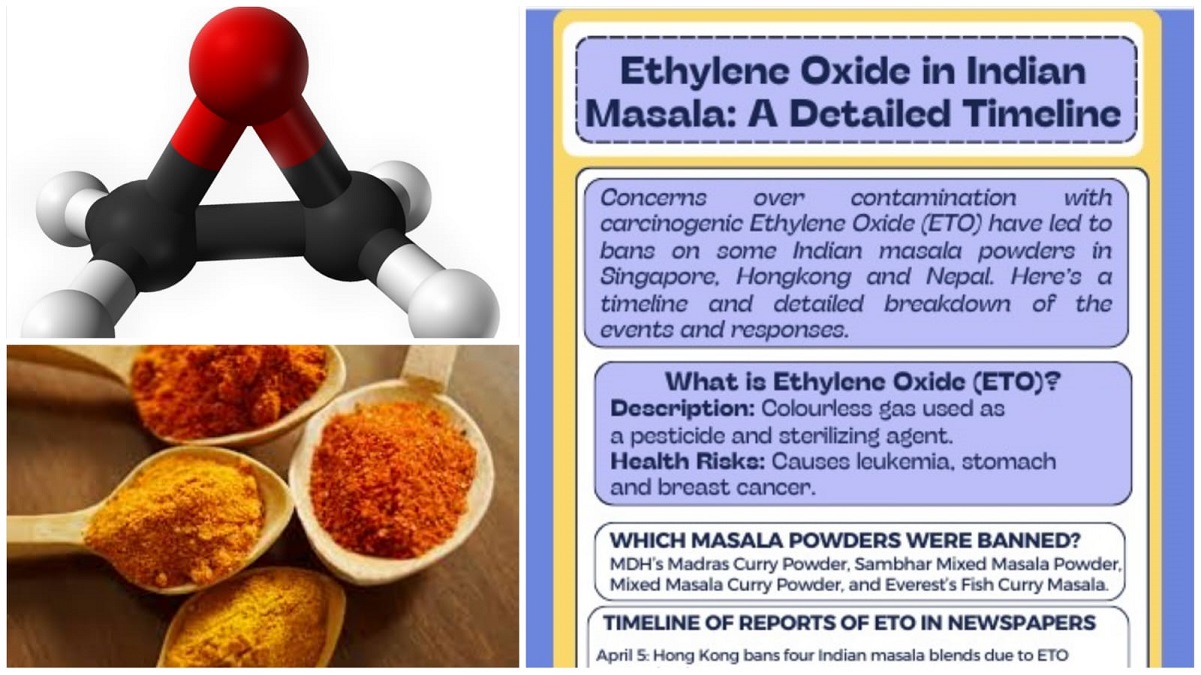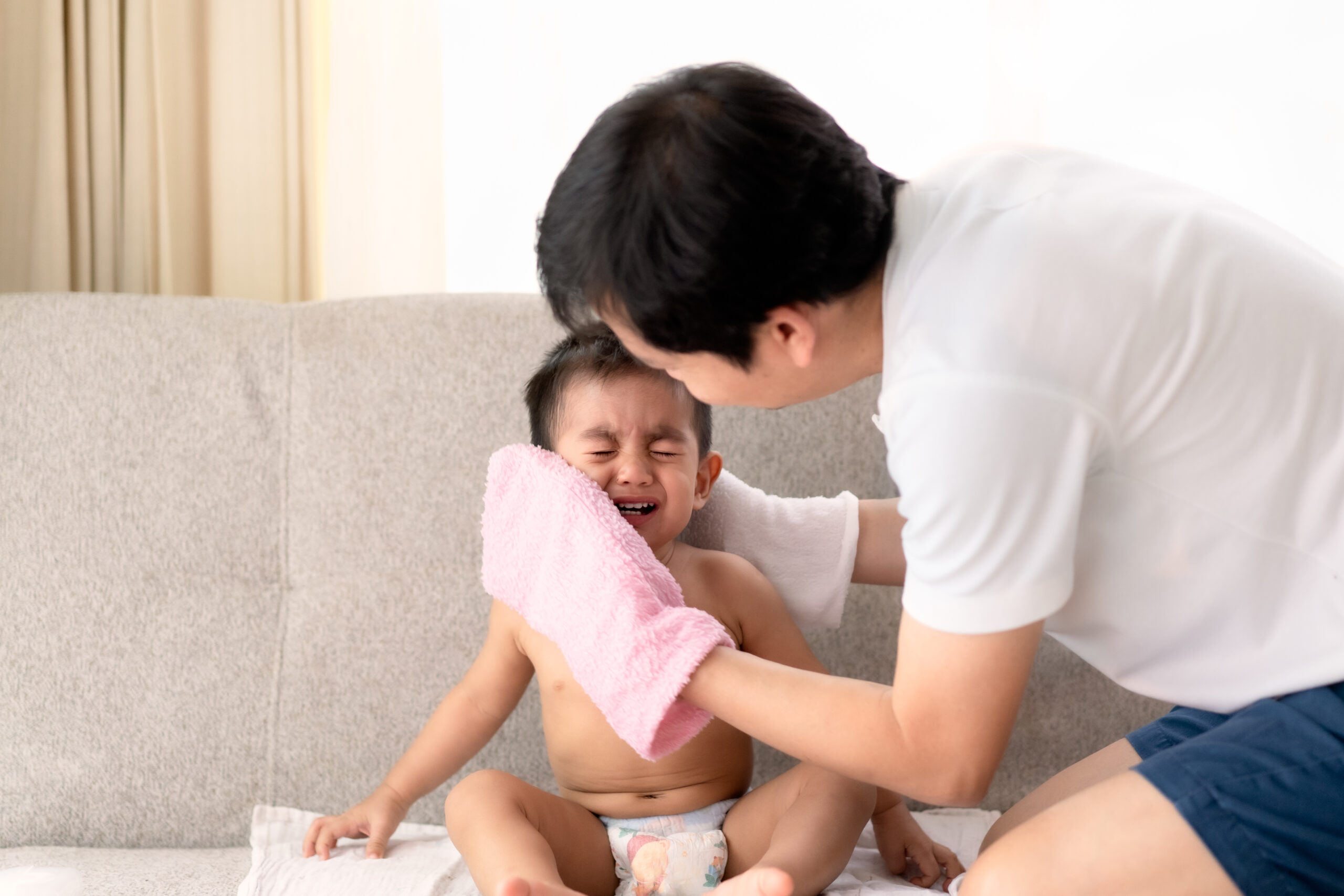How ADHD is diagnosed?(ADHD Part -III)
How ADHD is diagnosed? On a simple physical examination, you will not find anything abnormal. It is based on the history provided by….
How is ADHD diagnosed?
On a simple physical examination, you will not find anything abnormal. MRI or CT scan will not show any abnormality. If you do a functional brain imaging you may find that these circuits are dysfunctional.
[third] A simple physical examination will not reveal anything abnormal.[/third]
Usually, we do not diagnose ADHD when the child is 3 or 4 years unless it is a very severe condition. We wait till the child is 5 or 6, by the time the child will go to school and some external discipline will come.
Who Defines criteria for Diagnosis of ADHD?
Authorities like International Classification of Diseases (ICD) by World Health Organisation (WHO), American Psychiatric Association(APA) and Diagnostic and Statistical Manual of Mental Disorders(DSM) are the world authorities that define criteria for diagnosing ADHD.
What is the process of Diagnosis?
Diagnosis of ADHD is not based on any laboratory test. We do not have a lab test or a scan to Diagnose ADHD. It is based on the history provided by the parents and teachers and the direct observation of the child by a trained professional. It is a clinical diagnosis. Functional brain imagery is available only in research labs.
What is the next step after ADHD is diagnosed?
So once you diagnose ADHD, the next step is to educate the parents and teachers. We take collateral information from teachers also. In our centre, there is a form called ‘teacher’s observation report’ about the child. The teacher fills information about child’s behaviour in school and class. We also ask them to bring their notebook because that may show some careless mistakes which are common in ADHD.
[third] Parents and teachers might think that the child is only an indisciplined, overprotected and pampered child.[/third]
We collect information from other sources if available. All those assessments are taken into account and if the assessment satisfies for ADHD, we teach and educate the parents about the problem. And after completing the assessment we talk to the parents. We need to educate the parents. They might think that the child is only indiscipline, overprotected and pampered child. We talk about options to manage the problem. And see whether he is able to cope with the management procedures.
When do you finally Confirm that a child has ADHD?
We have to check for any medical conditions that are like ADHD. For instance, some may have epilepsy or anaemia. So there has to be a physical examination. The next step is to examine for some conditions that occur with ADHD. For instance dyslexia, a specific learning disorder (SLD) known as a learning disorder.
[third] There are two approaches to manage the disorder- behavioural approach and pharmacological approach.[/third]
Almost two-thirds of the children with ADHD also have SLD along with it. ADHD is rated as mild, moderate and severe depending on the number of symptoms present and the functional impairment it produces. Mild cases may not require medication. In moderate and severe cases parents given option of medicine.
What are the procedures to manage the disorder?
After all the assessment we call a section once again with the parents. Education given to them, explaining the problems and giving them management options.
We teach the parents, give suggestions to the teacher and encourage the child is the behavioural components of ADHD.
There are two approaches for managing the disorder – behavioural approach and pharmacological approach.
[plain]
Dr. Varghese Punnoose specilaised in Child Psychiatry. He is an MBBS and MD in Psychiatry from Government Medical College. He is currently Professor and Head of Department at Government Medical College, Kottayam, Kerala.
He authored a book ‘Manorogangal’, in malayalam, about Pshycatric disorders. There is one chapter on ADHD also. [/plain]






39 comments